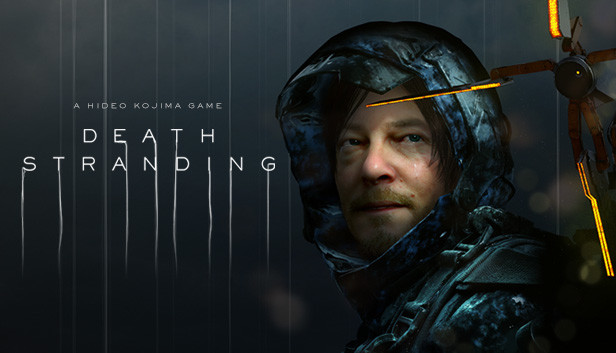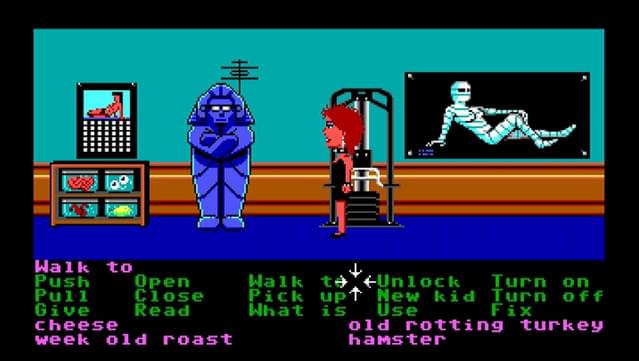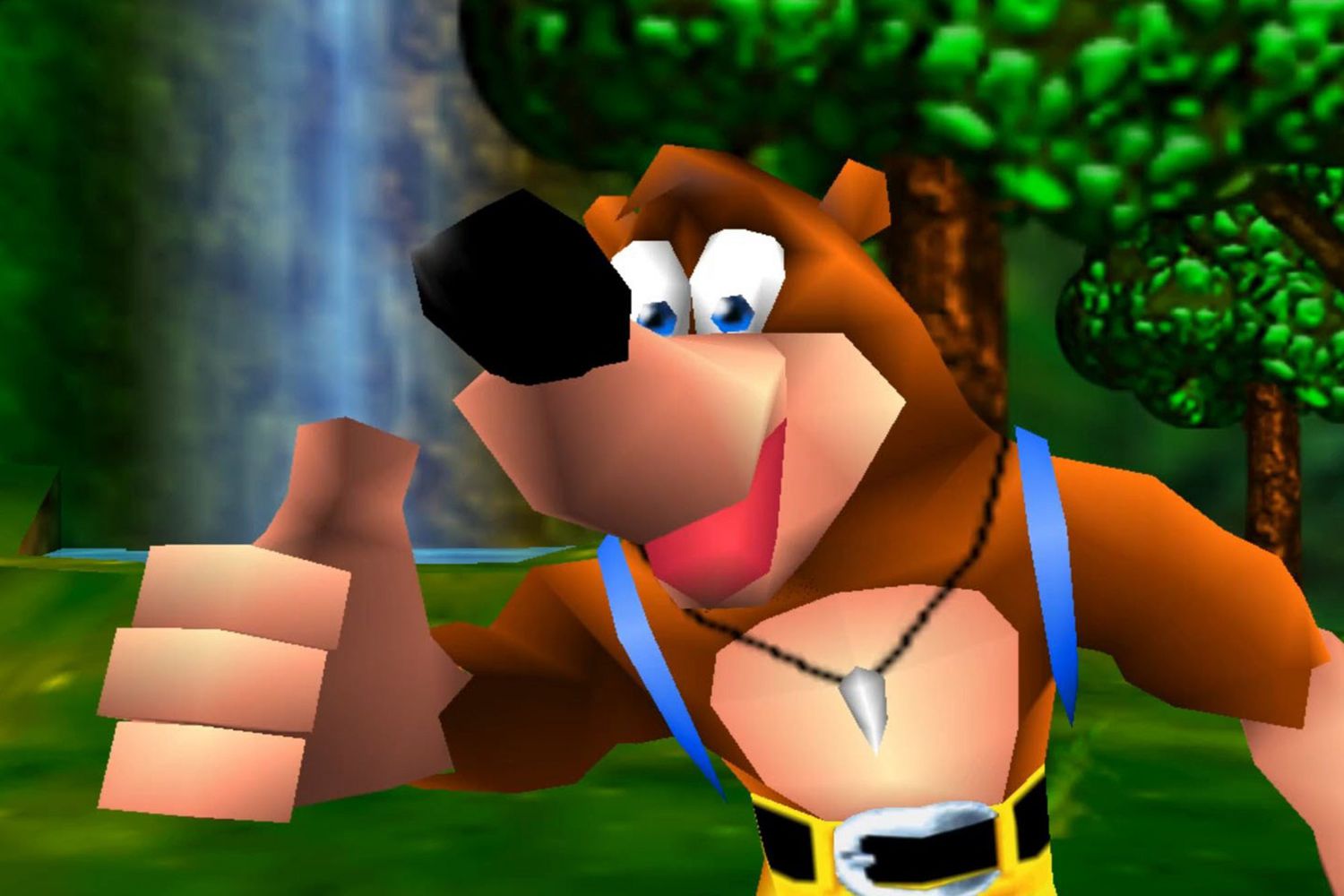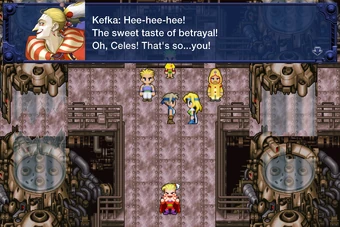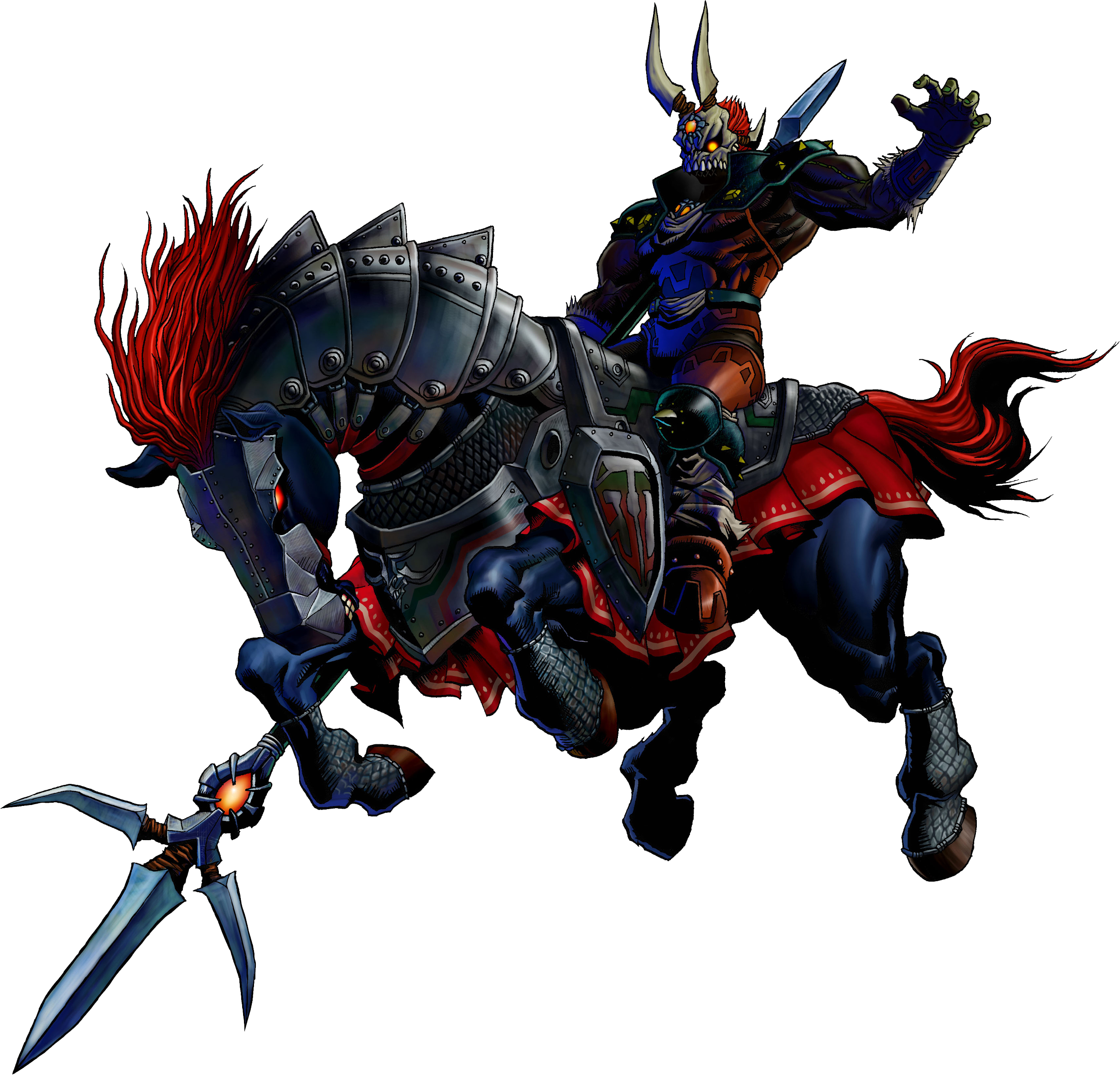events (Main and Jacobs 2014). Programs that do not involve verifying kills may be more applicable to Florida, such as those that use a payment for ecosystem services (PES) strategy. In a PES program, the landowner is compensated based on some performance criteria related to conservation goals, such as the number of young produced, prey density, or the conservation and management of desired habitat (Nelson 2009, Zabel and Engel 2010, Dickman et al. 2011). Offering Florida ranchers an incentive to provide habitat for large carnivores would help to compensate for livestock depredation and may make p
boom
